Description
With this tour you will visit the Roman ruins (Pozzuoli, Baia, Cuma), volcanic craters (Solfatara), and myth-soaked ancient sites (Cave of the Cumean Sybil and Lago di Averno) of the Campi Flegrei west of Naples.
The Phlegrean Fields, “the burning fields”, as the ancient Greeks who colonized this part of Italy, nearly three thousands years ago, called it. A place of profound and ancient fascination. Here history, legend, myth and mystery melt into a tickle landscape.
This is a place of extraordinary beauty, where a combination of natural delightful landscapes and ancient vestiges create an incomparable scenery. Archaeology lovers will find much to see here, like the impressive ruins of the Greek city of “Cumae” and archeological parks like the roman city of “baia” with its thermal baths, the third largest and amazingly preserved roman amphitheater in the world in the town of Pozzuoli, a medieval castle over the sea, mysterious lakes like “Averno” believed, by the Greeks, to be one of the gates to ades, the underworld. A visit to the inside of a live volcano called “Solfatara” is one of the most attractive and intriguing aspects of this tour which allows the visitor to actually walk, safely, inside a volcano crater and feel, smell, see its power. Sulfur fumes and boiling mud will surround you and a carousel of flower fragrances and colors will leave you in awe.
- The option to include a knowledgeable guide , adding an educational aspect to your tour (guide fees are extra).

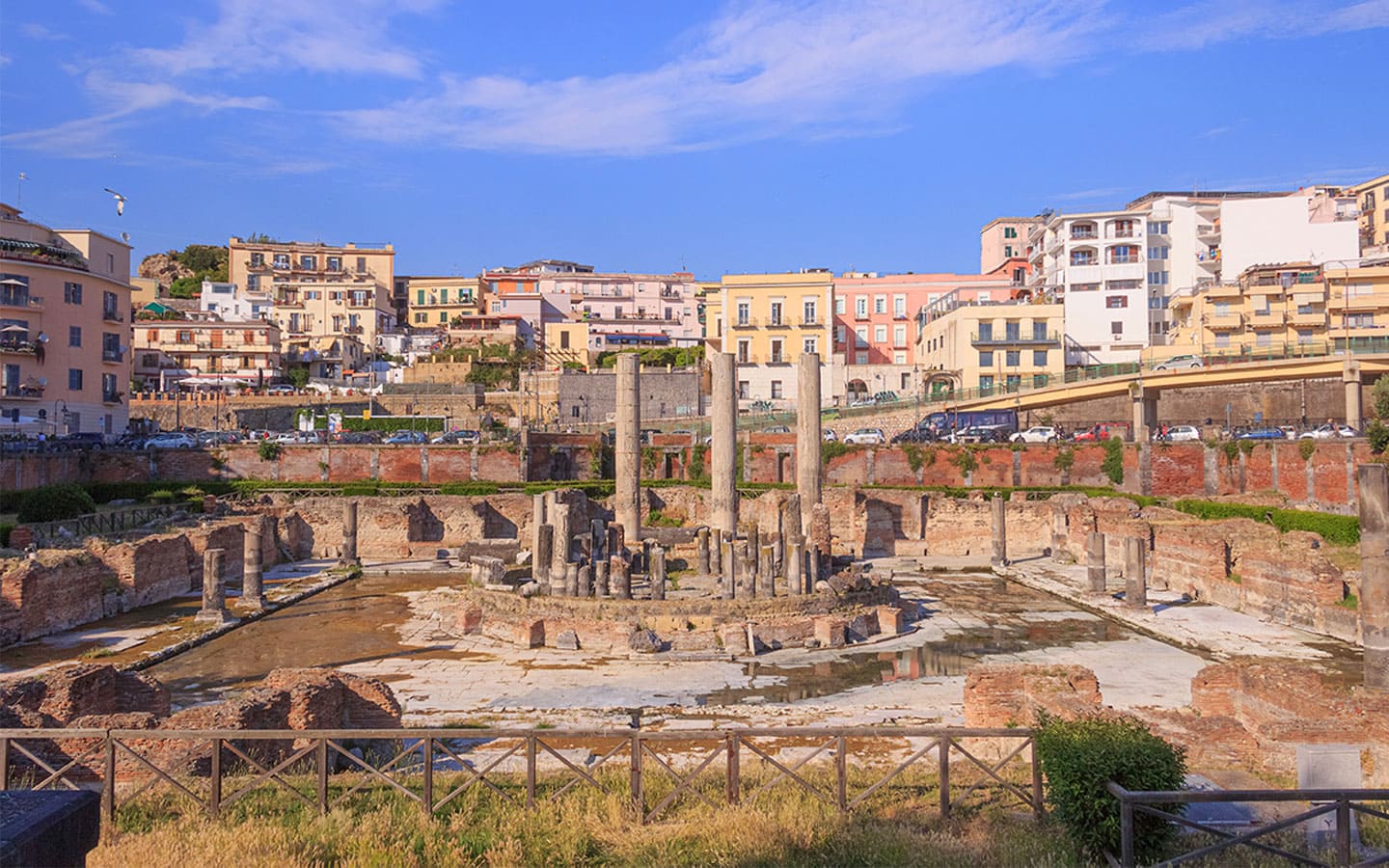
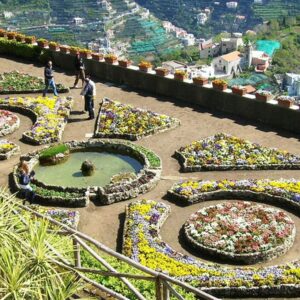
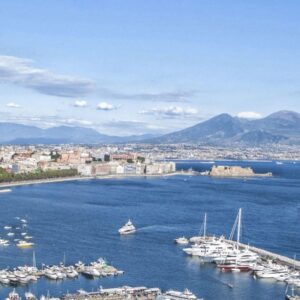
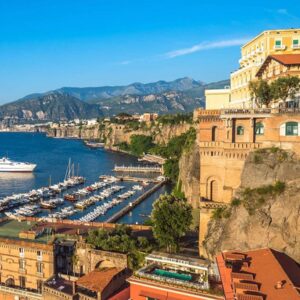
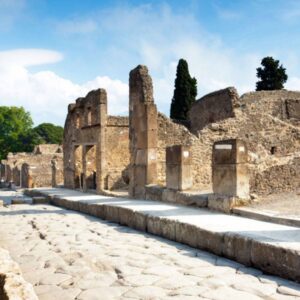
Reviews
There are no reviews yet.